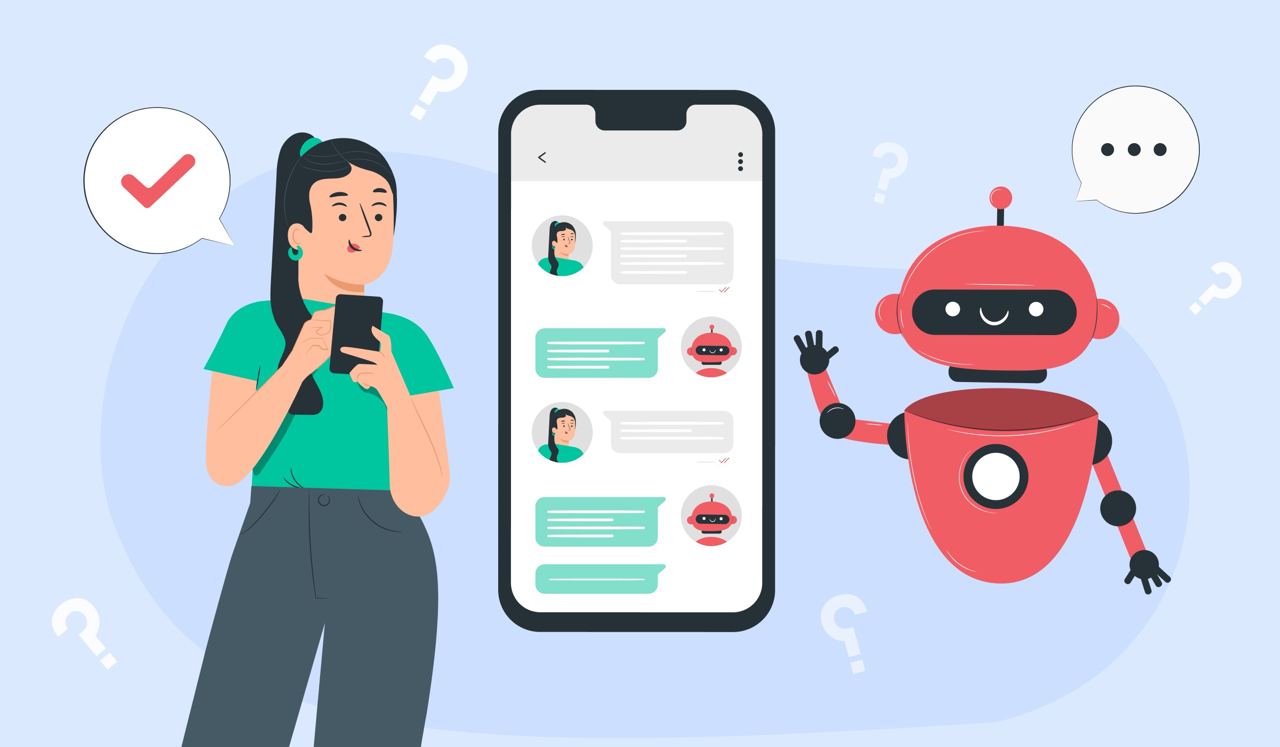
In an era of rapid growth and increasing lead management workloads, companies are striving to implement new interaction methods to improve service quality and boost conversion rates. One such innovative solution is chatbots. Leveraging artificial intelligence, this tool has revolutionized customer communication, streamlined processes, enhanced service levels, and increased revenue.
What Is a Chatbot and How Does It Work?
A chatbot is an automated system that interacts with users on a website or platform, effectively replacing live staff. It can perform several key functions, including:
- Collecting contact information,
- Processing orders and sales,
- Redirecting users to customer support,
- Answering standard questions,
- Gathering customer feedback.
Advantages of Chatbot Implementation
The main advantage of chatbots is their ability to operate 24/7, ensuring constant customer engagement. This is crucial for arbitrage processes, where timely responses directly impact efficiency. Other key benefits include improved conversion rates, "warming up" leads, and others detailed below.
1. Enhanced Customer Service
Chatbots provide instant responses to user inquiries, offering round-the-clock assistance and reducing wait times. This creates a smoother, more efficient user experience while increasing customer interest.
Example:
For online stores.
A user visits the website late at night to inquire about a product's features. The chatbot immediately provides the required information and suggests similar products, saving time and boosting conversion rates.
2. Payment Processing
One of the major benefits of chatbots is the ability to handle payments directly within the chat. This simplifies the checkout process for customers and accelerates transactions for businesses.
Example:
For e-commerce.
A customer places an order through the chatbot, selects a payment method, and completes the purchase in the chat. The payment system receives a notification, and the order is automatically processed, speeding up fulfillment.
3. Automation of Routine Tasks
Chatbots free up staff from repetitive tasks, allowing them to focus on more complex issues. Integrated with internal systems, chatbots can process orders, answer FAQs, and more.
Example:
Sales automation.
A chatbot can guide users through the entire purchasing process, from providing product information to finalizing the order. This ensures seamless service even when the sales team is unavailable.
4. Scalability
Chatbots can collect data about customers, analyze their preferences and behavior, and offer personalized recommendations. This fosters trust and interest in the brand.
Example:
For e-commerce.
When a customer makes a purchase, the chatbot remembers the details and later suggests products related to previous purchases, increasing the average transaction value and encouraging repeat business.
5. Lead Collection and Segmentation
Chatbots automate the collection of potential client data. Through forms and questions, they gather necessary information, segment the audience based on interests, and transfer the data to CRM systems for further work with "warm" leads.
Example:
For online stores.
The chatbot asks users about their interests and contact details, then sends the information to the CRM. This allows managers to focus on potentially interested clients.
6. Cost Efficiency
Chatbots are not only convenient but also economically beneficial. They can handle multiple inquiries simultaneously, reducing the need for large staff numbers. This lowers operational costs while improving efficiency.
Additionally, chatbots are easily scalable, allowing businesses to adapt to increased workloads during active advertising campaigns without sacrificing service quality.
Are Chatbots Effective in All Industries?
Chatbots have demonstrated remarkable success in industries such as gambling and cryptocurrency, but they are most effective in information businesses. The top three industries benefiting from chatbots are gambling, nutraceuticals, and microfinance organizations (MFOs). In contrast, chatbots generate the least profit in dating and cryptocurrency niches.
What Does a Chatbot Funnel Look Like?

A standard marketing funnel using chatbots follows these steps:
- The user sees an ad on Facebook.
- Clicks on the link.
- Lands on a mini-landing page designed to prompt a chatbot subscription in one of four popular messengers: WhatsApp, Viber, Telegram, or Facebook Messenger. The landing page includes information about bonuses, reasons to subscribe, and a call-to-action. It also features buttons for easy messenger access.
- After subscribing, the chatbot begins sending automated messages.
How Long Does It Take to Create a Chatbot?
Previously, building a chatbot took about three weeks. Thanks to modern constructors, this process has significantly accelerated. However, it’s crucial to not only create the chatbot quickly but also configure it correctly, which requires certain marketing skills. With experience in funnel creation, even beginners can complete the task in a few days.
Top 5 Chatbot Services to Simplify Client Interaction

- Chatra: User-friendly platform suitable for beginners, requiring no complex configurations. Handles common queries, collects client data, and reduces employee workload.
- Intercom: Multifunctional tool for client interaction on websites, offering round-the-clock chat, email marketing, and CRM integration.
- Leadback: Intelligent widget that doubles site leads and calls, with CRM integration and detailed analytics.
- SaleBot: Modern solution for building automated sales funnels with messenger and API integrations.
- Carrot Quest: Real-time communication platform that tracks user actions and sends personalized messages.
Additional platforms: Aimylogic, Jivo, Callibri, Talker24, Chatbot.
Incorporating chatbots into arbitrage and business operations significantly improves customer interaction, boosts conversion rates, and reduces costs while maintaining 24/7 high-quality service—making it an ideal solution for modern lead generation and sales.
